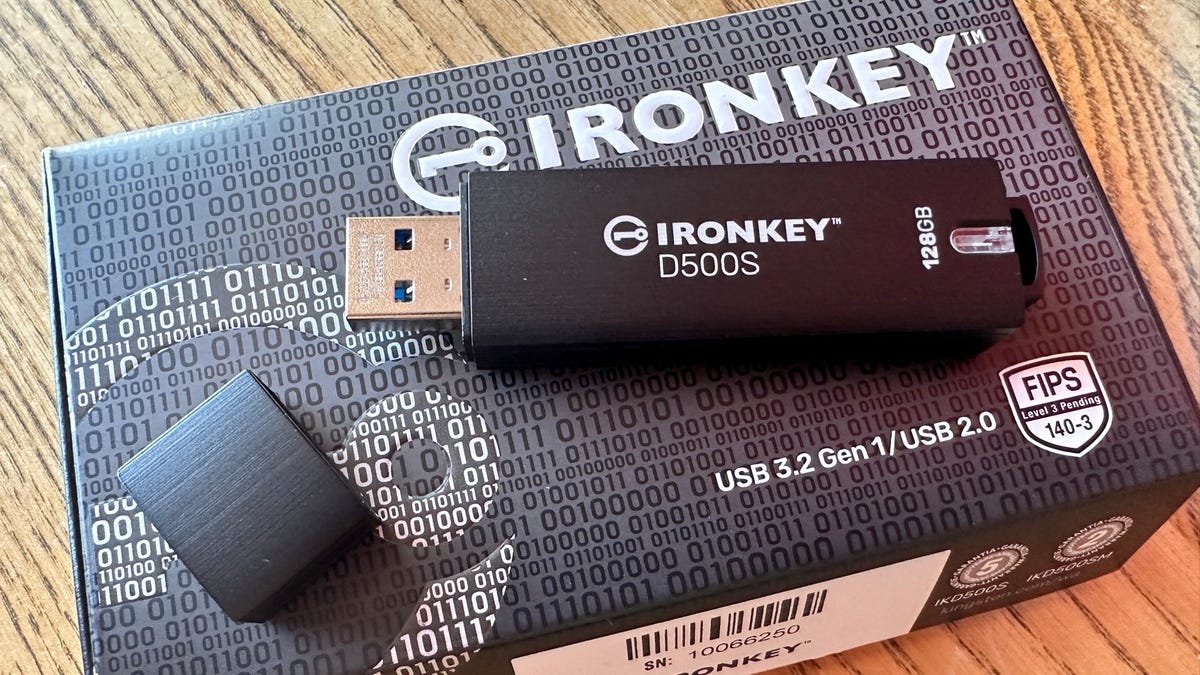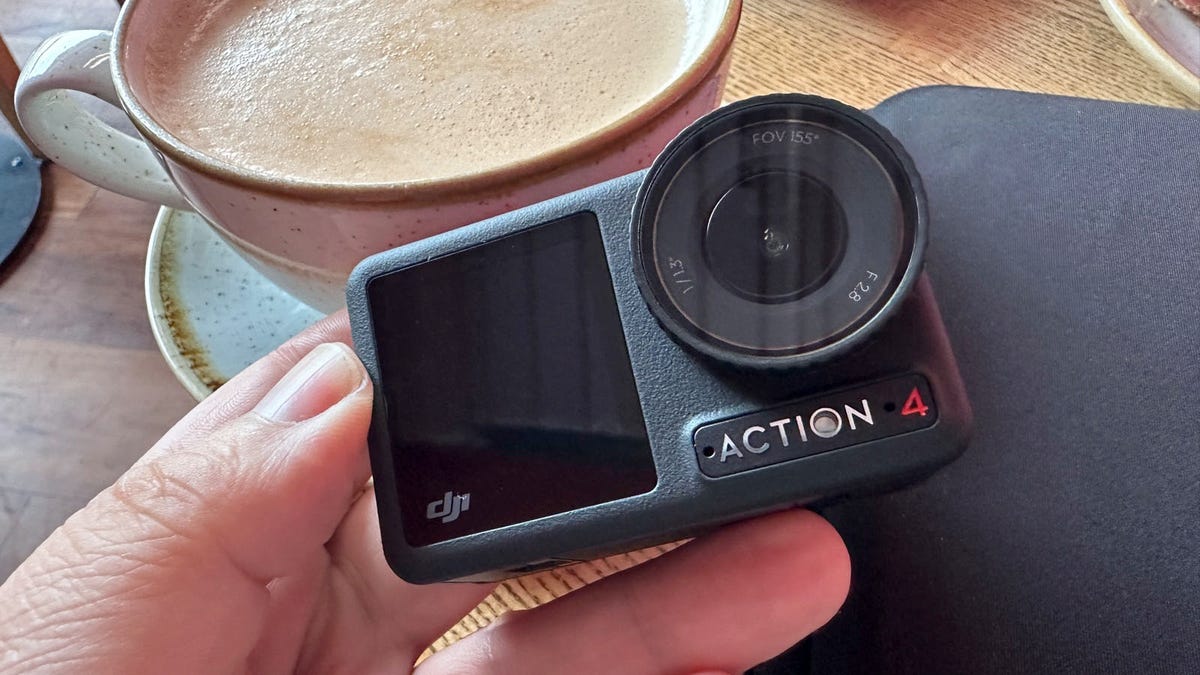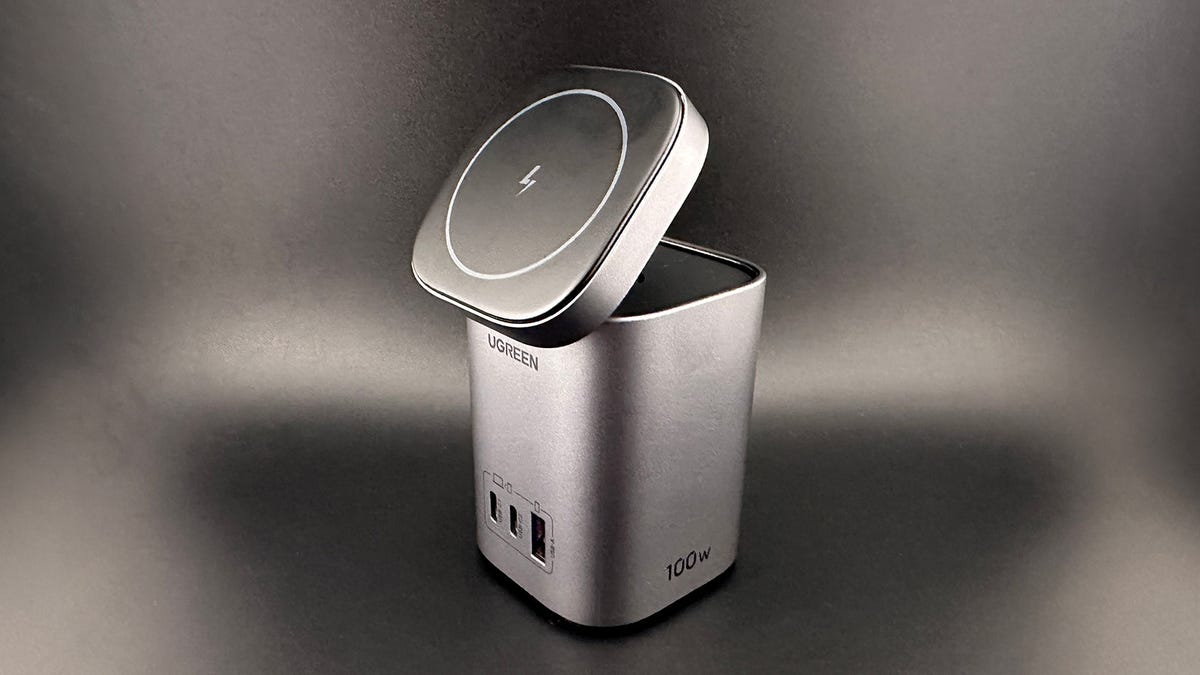BOOK THIS SPACE FOR AD
ARTICLE AD
Raspberry Pi 3 Model B Plus, 3 Model A Plus, and Original Model A Plus
Image: J.A. WatsonThe Raspberry Pi Foundation made two significant announcements last week. First, the availability of the Raspberry Pi 3 Model A+, which has been eagerly awaited; then, the next day, a new release of the Raspbian Linux operating system. That means I have a lot to talk about today, so let's get busy!

Raspberry Pi 3 Model A Plus
Image: Raspberry Pi FoundationFirst, the new Pi 3 Model A+. This is a scaled-down and lower cost version of the Pi 3 Model B+. In the most important functional areas it is identical to the Pi3 B+: it has a 1.4GHz 64-bit quad-core ARM Cortex-A53 CPU, and dual-band 802.11ac wireless LAN and Bluetooth 4.2/BLE. That means the performance is very similar to the Model B+.
Where it is scaled down is:
Size: it has the smaller HAT form, identical to the original Pi A+ Memory: 512MB, half of what the Pi 3 Model B+ has Networking: No wired ethernet connection USB: Only one USB port, and no on-board USB hubThe size of the Pi 3 A+ board and the location of all of the external connections is identical to the original Pi A+ board, so existing A+ cases or mounting arrangements should still work.
 Image: Raspberry Pi Foundation
Image: Raspberry Pi Foundation
There is as yet no "official" case for it, but the product announcement says that one is in the pipeline, and should be available before Christmas. It looks like it will be very similar to the existing B+ and Zero cases.
There is one significant difference, however. The power and disk activity LEDs have been moved to the opposite edge of the board (from the bottom left to the bottom right in the picture above). This is a small thing, but it could be significant (or at least irritating) in some situations or with some cases. For example, if the new case is made in the same way as the B+ case, this will mean that while the original Model A+ board will fit into it, the LEDs will not be visible.
Oh, one other small change, the 3A+ has a press-and-pray (friction) microSD card slot, like the 3B and 3B+, rather than the spring-loaded click-lock slot that the original A+ has.
The Pi 3 Model A+ seems to have two objectives: reduce the price compared to the Pi 3 Model B+, and improve the performance compared to the existing Pi Model A+. It looks to me like it has hit the mark very well on both of those.
In Switzerland (at the Pi-Shop.ch) it sells for CHF 27.-, compared to 39.- for the 3B+; in the U.K. it is about £10 less than the 3B+, and in Germany and France it is about €10 less. All of those are consistent with the $10 price difference in the U.S.
SEE: How to build a successful developer career (free PDF)
The performance advantages of the 3A+ over the original Pi Model A+ should be obvious. My very simplistic timing shows that from power-on to desktop-ready, the original Pi Model A+ takes about a minute, and the Pi 3 Model A+ takes about 25 seconds.
Also, having the on-board WiFi and Bluetooth adapter means that you can set up network connectivity, keyboard and mouse without using the USB port.
The bottom line is that the Pi 3 Model A+ looks really good to me, and it fills a gap which had been steadily growing as the Pi 2 and Pi 3 came along with only a Model B. Good stuff.
Moving on to the Raspbian update. The big news here is that a new Raspbian image has been added to the mix, a "minimal desktop" variant, specifically to reduce the size of the download. So now there are three distribution options:
Lite (~350MB), includes only the text interface (CLI)Minimal Desktop (~1.0GB), includes the PIXEL desktop, Chromium browser, VLC media player and Python programming language. Does NOT include LibreOffice, Mathematica, Scratch programming language, Sonic Pi and various others.Full Desktop (~1.8GB): Includes the PIXEL desktop and all associated software. This has been the standard GUI image until now.The differences in the new version can be seen in the PIXEL desktop menus:

Raspbian Linux Minimal Version (left) and Full Version (right) Side-by-Side
Image: J.A. WatsonA quick comparison of the main menu shows that the minimal version doesn't have Education, Office and Games. The Programming menu on the full version shows how many different programming languages and development tools it includes, whereas the minimal version only has the Geany programmer's editor and the Python IDLE development environment.
 Image: J.A. Watson
Image: J.A. Watson
In fact, the software which has been removed corresponds nicely with the (relatively) new Recommended Software utility.
Each of the packages is listed with a short description, and a check-box so that you can install or remove them as you see fit. If you want even more information on a specific package, just highlight it in the list and click More Info at the bottom of the window.
This utility is included in both the minimal and full versions, so you can use either one as your starting point, and then easily add or remove packages to suit your needs and taste.
This kind of split has been coming for some time, as the Raspbian image size got larger and larger -- it has roughly doubled in size since the initial release 5 years or so ago. I suspect that it was pushed over the edge by the recent discussion (and controversy) about including Mathematica in the base distribution.
I downloaded both PIXEL editions, then copied the minimal edition to a microSD card which I put into an original Pi Model A+, and I copied the full edition to another microSD card that I put into the new Pi 3 Model A+. Both ran just fine, and they were the sources for the two desktop images above. I wish that I had an original Pi Model A around here, because I would have downloaded the Lite image (text/CLI only) and put that on the Model A, so that I would have a matched set. There's something about the symmetry of that which appeals to me.
Ah, but that's not all! The other big news about the new Raspbian release is that it includes a custom hardware-accelerated version of the VLC Media Player. VLC is a very well known and widely used media player, and has long been my favorite on most other Linux distributions. The version that is now included in Raspbian uses the VideoCore engine to accelerate playback of H.264 video; in addition, if you have purchased the MPEG and VC-1 codec licenses it will use the VideoCore engine for those as well.
So, that sum's up the Raspberry Pi Foundation's big week of announcements. The new hardware is quite nice, and although it is not a huge step forward, it will be very much appreciated in the specific areas where the Model A and A+ have already found quite a bit of popularity. Likewise the new Raspbian images will be appreciated by those who missed Mathematica when it disappeared from the previous release, and those who have slower Internet connections and were spending inordinate amounts of time downloading the full Raspbian PIXEL images. Very nice.
PREVIOUS AND RELATED COVERAGE
Raspberry Pi 3 Model A+ out now: $25 for cut-down Pi 3 B+ with quad-core CPU
Raspberry Pi Foundation updates its budget single-board computer with the Raspberry Pi 3 Model A+.
A Raspberry Pi-style computer you can build yourself: Blueberry Pi
Provided you can think of something useful to do with a board with only 64MB of on-chip RAM.
Raspberry Pi 3 Model A+ review: A $25 computer with a lot of promise (TechRepublic)
Get the lowdown on how well the latest Raspberry Pi board performs with benchmarks and the full specs.
Raspberry Pi: Hands-on with Kali, openSUSE, Fedora and Ubuntu MATE Linux
There has been considerable progress made since the last time I tried a variety of Linux distributions other than Raspbian on the Raspberry Pi, so I've given four of them another try.
Raspberry Pi PoE HAT is back on sale again
After a problem with the PoE HAT for the Raspberry Pi 3B+, an updated version is now available.
Raspberry Pi: Hands-on with the updated Raspbian Linux
I have installed the new Raspbian 2018-10-09 release from scratch on some systems, and upgraded existing installations on others. Here are my experiences, observations and comments.
How to start your smart home: Home automation, explained (CNET)
Starting a smart home doesn't have to be scary. Here are the basics.
.png)
 6 years ago
242
6 years ago
242 














 Bengali (Bangladesh) ·
Bengali (Bangladesh) ·  English (United States) ·
English (United States) ·